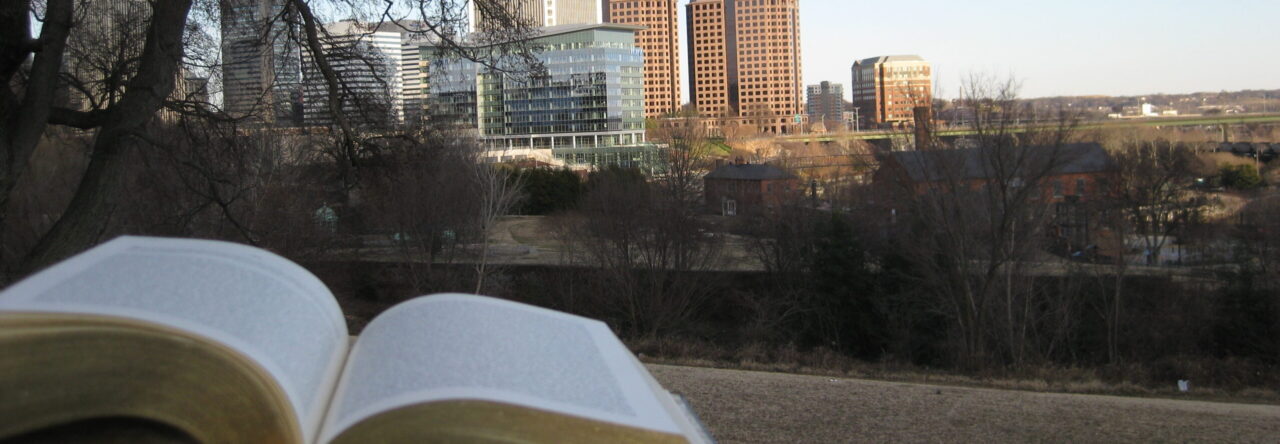Our first visit to the detention center was very different from my initial expectations. I imagined us all in one large room with all the juveniles and dividing into small groups for discussion. We did end up splitting up into groups, however, we were split up into separate classrooms with little guidance as to what activities to do with the juveniles. Luckily, Professor Dolson told us on the ride there some of the questions we may ask as a group. For example, “What is your favorite movie.” Although the beginning of our visit was unorganized, we were able to straighten things out once we started conversing with the students.
During Will S. and I’s conversation with the juveniles (9th and 10th graders) I did my best to make the environment feel as casual as possible. I could tell by making eye contact with the juveniles that they were uncomfortable with newcomers, especially people closer to their age. By the end of the visit, however, the students seemed to be very comfortable with us, and I began to feel very comfortable talking to them as well. Another factor that played a role in our communication was that all the students wore masks. I would’ve wished to see their facial expressions and what they actually looked like, but like I stated earlier, I analyzed how comfortable the group felt by their eyes. Some of them looked very curious, others looked relaxed, and some eyes wandered around the classroom giving off the sense of being uncomfortable.
Some topics of strong conversation were music and art. For 20 minutes, our group shared their taste in music. Most of them connected with each other through which songs they liked. One student particularly was very passionate about music, so much so that he would sing all the verses to multiple different songs. With the limited amount of activities available to them, music seemed like a very strong coping mechanism. Along with that, was the student’s interest in anime, whether it be drawing or watching. When Will and I had mentioned the Book art studio, most of the group seemed excited to make a song, or use their artistic gifts to tell stories. As you spend more time with the students you begin to grow empathy for them because in a social setting, they’re sociable, funny, and charismatic.
One last observation I made from the visit was of the detention center itself. Although it had some elements of a prison, like the barbed wire above the basketball hoop outside, I came to understand that they prioritize education. The prison felt close to a public school with pictures and posters on the walls. Rehabilitation is a heavy focus considering that the prison did its best to make the center more welcoming with murals.

Leave a Reply